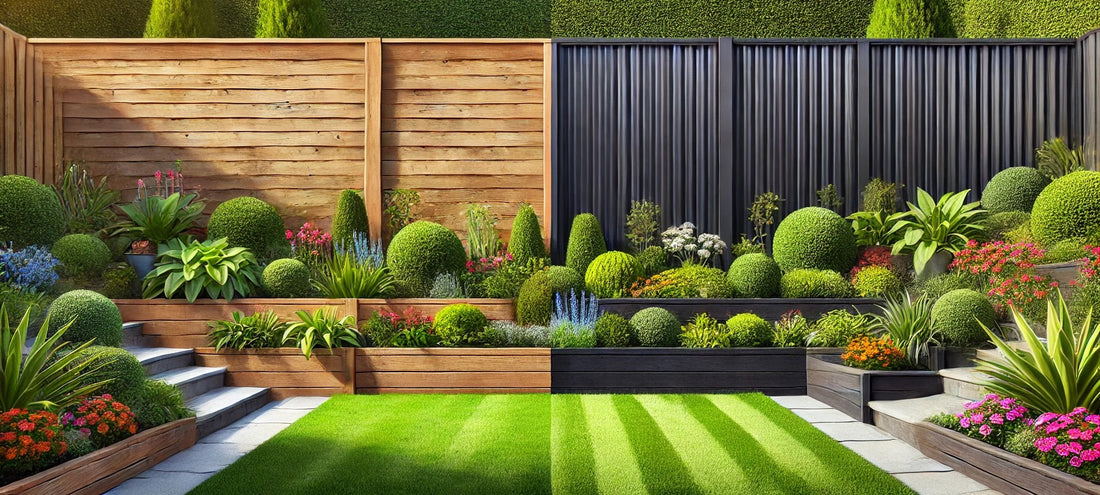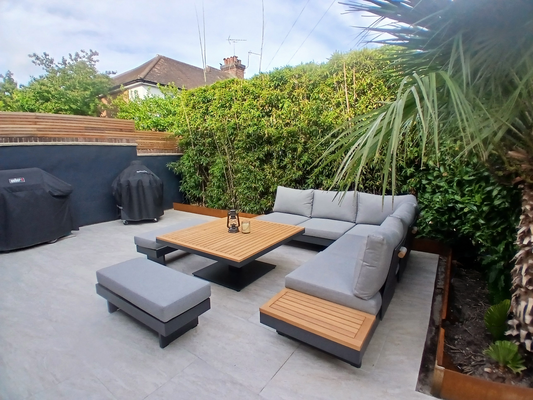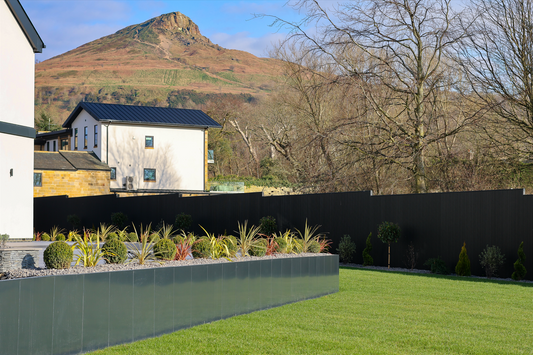
Timber Railway Sleeper Garden Walls: Pros, Cons, and Smarter Alternatives
Sleeper garden walls can transform outdoor spaces by providing structure, height, and definition. While timber sleepers are a popular choice for creating garden walls, they come with both benefits and challenges. In this guide, we’ll explore everything you need to know about timber sleeper walls and introduce smarter, long-lasting alternatives.
Why Timber Sleepers Are Popular for Garden Walls
Timber sleepers have long been a go-to material for garden walls due to their rustic charm and versatility. They’re easy to source and work well in a range of garden styles, from modern to cottage.
Key Benefits of Timber Sleepers:
- Affordable: Timber sleepers are typically cheaper than stone or brick walls.
- Natural Aesthetic: They blend well into gardens, especially those with a natural or organic look.
- DIY-Friendly: Sleepers are relatively easy to cut, stack, and install, making them a popular choice for home gardeners.
The Challenges of Using Timber Sleepers
Despite their popularity, timber sleeper walls are not without drawbacks. Over time, natural materials are prone to wear and tear, particularly in outdoor environments.
Common Issues:
- Rot: Even treated timber is susceptible to rotting, especially in damp conditions.
- Maintenance: Timber requires regular treatment to prevent decay and maintain its appearance.
- Warping and Splitting: Weather fluctuations can cause sleepers to warp or split, compromising the wall’s integrity.
- Pest Damage: Timber can attract pests like termites, which may weaken the structure.
- Shorter Lifespan: Compared to other materials like steel or stone, timber has a limited lifespan.
Steel: A Smarter Alternative for Garden Walls
If you’re looking for a more durable, low-maintenance option, steel edging systems are a fantastic alternative. They offer increased structural benefits over timber without the challenges of decay or high maintenance.
Why Choose Steel Edging Systems?
- Longevity: Steel is highly durable and can withstand harsh weather conditions for decades.
- Low Maintenance: Unlike timber, steel requires little to no upkeep.
- Sleek Aesthetic: Steel edges provide a modern, clean look that works in any garden style.
- Sustainability: Many steel products, including ours, are made from recyclable materials.
- Strength: Steel systems can handle soil pressure without warping or shifting, ensuring long-term stability.
Our Steel Solutions: Built to Last
At GEO, we’ve designed a range of steel edging systems that work beautifully for retaining walls and raised beds:
- Groundline: Perfect for low garden walls up to 150mm.
- Contour: Ideal for taller walls including straight and curved designs, offering heights up to 600mm.
- Anco: A robust solution for walls up to 1200mm, built to handle heavy-duty applications.
Unlike timber, our systems don’t rot, warp, or require treatment. They’re easy to install and designed for long-term performance in any garden.
Conclusion: Choose the Right Material for Your Garden Wall
Timber sleepers may seem like an easy option for garden walls, but their drawbacks often lead to higher costs and frustrations over time. If you want a stylish, durable, and maintenance-free solution, consider upgrading to steel.
Ready to make the switch? Explore our steel edging systems here. Your garden deserves the best.
Here's what AI thinks of a comparison between Timber and Steel garden edging... Which do you prefer?

(Note: Our steel edges are not accurately represented in the above image!)
Will AI replace garden designers? - LEARN HERE



